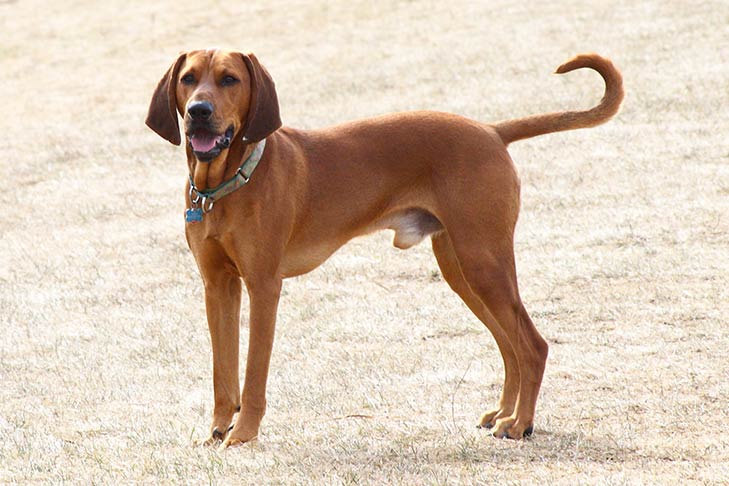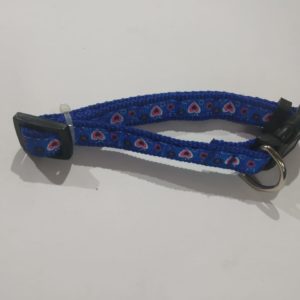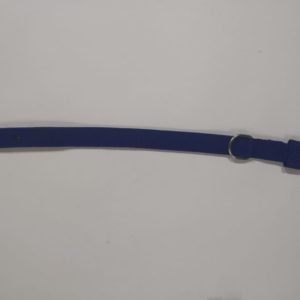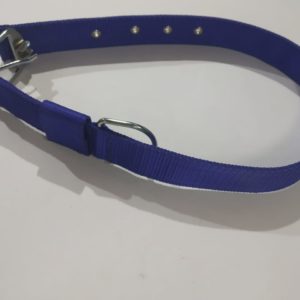
How your dogs age grows?

The old adage of “one year of a human’s life is equal to seven years in a dog’s life” is all wrong. Dogs mature more quickly than humans, so a simple one-to- seven calculation just isn’t accurate. The truth is that when your dog hits the age of 12 years, he has reached the equivalent of 64 human years if he’s a small dog (20 pounds or less); 69 human years if he’s a medium dog (21 to 50 pounds); and 77 human years if he’s a large dog (more than 50 pounds).
For humans, a big difference can exist between someone who is 64 years old and 77 years old. The 64-year-old is more likely to be active and may only be feeling a few aches and pains of old age. The 77-year-old, on the other hand, may be slowing down a bit, depending on his overall health.
The same is true for dogs in this comparative age group. If you have a smaller dog that has reached the age of 12, you probably won’t notice as many age-related changes than you would if your dog weighs more than 50 pounds.
Whatever your dog’s size, you may start to see some evidence that he is eligible for his AARP membership card. Here’s how being alive for 12 years affects different sized dogs:

Small dogs
Dogs weighing less than 20 pounds tend to live longer than larger dogs and aren’t showing as much signs of old age by the time they hit 12 years. While it’s unlikely your small dog will have the same energy he did as a puppy or young adult, he should still be capable of playing, going on long walks and jumping up out of his bed at dinnertime. Keeping him at a healthy weight is crucial, especially at his age. If he’s carrying too many pounds, the excess weight will slow him down and make him more prone to developing arthritis in the next few years.
Small dogs are notorious for dental issues, and if your dog hasn’t had regular dental care over the course of his life, you may start to see problems by the time he is 12. Periodontal disease, loose and infected teeth and bad breath can all be problems that turn up in small dogs of this age.
Medium dogs

Because dogs in this weight category are pushing 70 in human years, they will start to show some signs of aging. Your dog’s energy level will probably not be what it once was. He will still enjoy walks and outings, but he likely won’t have the stamina to go all day without a few long breaks. Do still provide your dog with regular exercise, even if he isn’t as eager to run around as he used to be. Activity will keep his muscles well-toned, his weight down and his joints healthy.
Another way to help your dog’s joints is to start him on a nutritional joint supplement. Commercial supplements containing glucosamine, chondroitin and MSM are reported to be helpful in minimizing the effects of arthritis in dogs. You may also want to get your dog an orthopedic bed to sleep on, as this can help ease any discomfort he might be feeling in his joints.
A visit to the veterinarian every 6 months is a good idea for a medium- sized dog who has reached the age of 12. The vet will draw blood and do a physical exam, both of which can help detect problems at the early stage. Since dogs in this age group are more prone to developing serious health issues like kidney failure or diabetes, the sooner these problems are detected, the better the outlook for treatment.
Large dogs
A 12-year-old dog in the over-50-pounds weight class is well into his senior years. It’s likely your large dog has slowed down quite a bit and prefers long naps to running in the yard. He may also be losing his hearing and/or his sight, and he may be suffering from arthritis.
Even though your large dog may be experiencing these physical challenges, it doesn’t mean he’s ready to give up. Older dogs can still have happy, fulfilling lives with just a few adjustments on your part.
First, see a veterinarian at least twice a year for checkups. Your vet can help alleviate some of the discomfort he might feel due to arthritis or other age-related issues. If your dog is starting to lose his sight, help him by keeping your furniture in the same place all the time — don’t rearrange the house on a whim! Avoid putting him in unfamiliar situations unless you have him on a leash and can carefully guide him. If your 12-year-old dog is losing his hearing, start teaching him sign language so you can continue to communicate with him. Use hand signals for “come,” “sit” and “stay,” for starters. You’ll be amazed at how quickly your dog will catch on.
Although older dogs are not as active as they were in their youth, it’s still important to give them regular exercise. Take your dog for walks around the neighborhood or at a local park. The movement will help keep his joints lubricated and will provide him with the kind of mental stimulation he needs to stay young.




